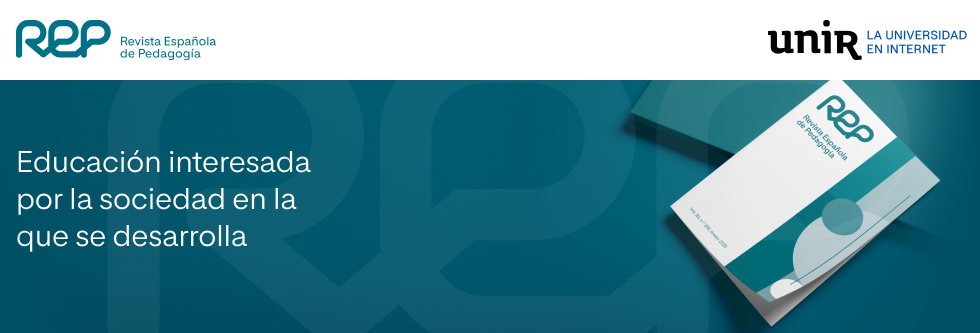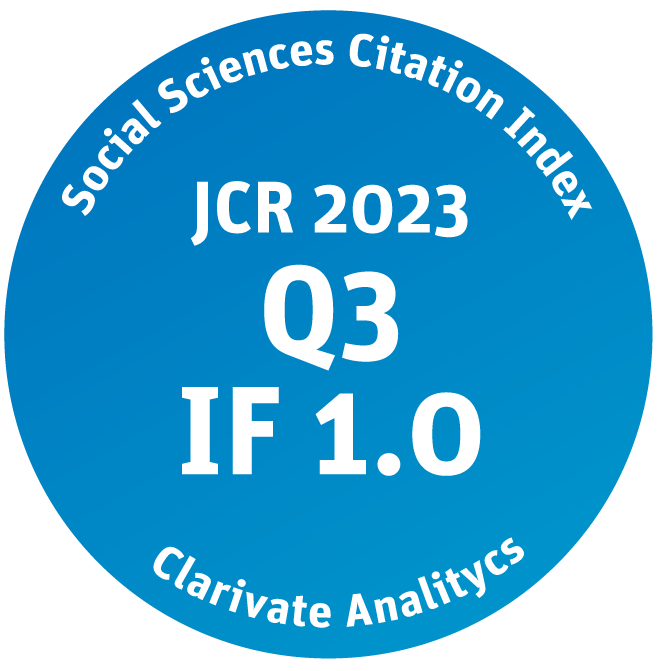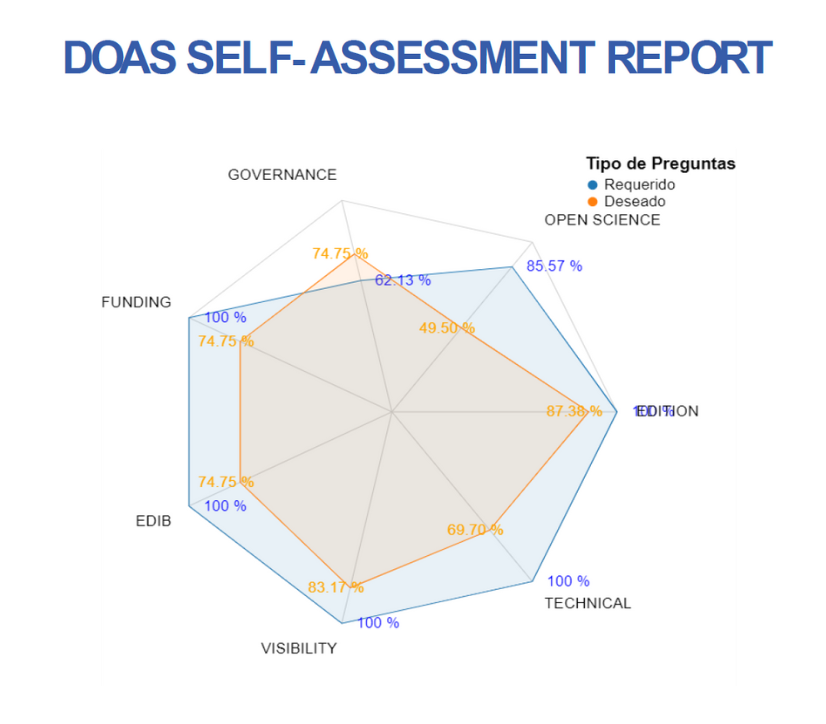Ahedo, J. y Arteaga-Martínez, B. (Coords.) (2023). El tetraedro de la amistad. Estudiante, familia, escuela y sociedad. Círculo Rojo. 130 pp.
DOI
10.22550/2174-0909.4168
Abstract
The work El tetraedro de la amistad. Estudiante, familia, escuela y sociedad starts with a powerful metaphor that presents friendship as a tetrahedral structure comprising four equilateral triangles in perfect harmony: society, school, family, and individual. From this perspective, it sets itself the challenging aim of exploring the concept of friendship from the educational sphere. This task is tackled through the professional experiences of the different authors, who, chapter by chapter, offer the reader a series of guidelines for understanding how to lead young children in discovering and cultivating the value of friendship.
In the introduction, Pablo Rodríguez, Professor of Molecular Biochemistry and Biology at the Universidad Politécnica de Madrid, offers a scientific analysis of the nature of friendship. He explores how this bond displays itself among primates, where it has been shown to be an essential component for the survival of certain groups. He also examines the evolution of the human species and how this shaped the social structures that permit the formation of bonds of friendship. He concludes that having a solid and balanced social network was crucial for survival in the past and remains a fundamental pillar for social and psychological well-being at present.
In chapter one, Pedro Concejero, a teacher and foster parent, considers two outstanding works of Spanish literature: Don Quixote and El Abencerraje y la hermosa Jarifa [The Abencerraje and the Lovely Jarifa], which consider the topic of friendship. As he progresses, he gradually intertwines his personal experience in the field of fostering with the concept of friendship and draws meaningful lessons from his own life. In this way, he offers an enriching reflection on the importance of friendship, without neglecting the challenges and hardships that must be overcome if this relationship is to flourish.
The second chapter offers a detailed analysis of the existing academic literature on the construction of friendship from the perspective of attention to diversity. The authors, Jesús Conde-Jiménez and Ángela Martín-Gutiérrez, set out a wide variety of strategies for boosting personal skills that enable the construction of friendship from diversity.
Tania García-Bermejo and Isabel da Mota have written a third chapter that combines the experience of the school environment with university knowledge. To do so, they explore the socio-affective relations that emerge in casa de niños preschools. These settings, designed in accordance with the Montessori methodology, can be regarded as microsocieties which, while focussing on individual development, provide a favourable environment for interpersonal development. Through a series of specific experiences, they provide practical illustrations of the content of their study.
The fourth chapter examines how, in a setting where interpersonal dynamics are undergoing a paradigm shift, literature for children and young people can play a crucial role in fostering meaningful relations. So, the authors Sandra Sánchez and María Carmen Torrecilla propose using it as a tool for socio-educational intervention in class, with the aim of promoting competences and critical and reflexive thinking in students while at the same time stimulating dialogue and strengthening their concept of friendship.
In chapter five, David Blanco, a scientific writer and communicator, provides a journey through the most emblematic friendships in the field of science. He explores the relationships between notable scientists, such as Darwin and Wallace or Einstein and Grossman, among others, to show how these friendships not only entailed a personal interchange between these figures, but also how they acted as facilitators of their professional achievements. In this way, he introduces the possibility of integrating, through the study of these friendships, a social dimension that enriches science and makes it more appealing for our students.
Chapter six analyses the method of literacy through photography, which uses photography as a catalyst to consider social relations in more depth. Alfonso Da Silva and Daniela Reyes describe in detail how it can be applied and to what extent it can help students to experience friendship. They also offer a detailed list of guidelines that can help us in this process.
In chapter seven, Silvia Morcillo, a counsellor and educational psychologist, proposes a detailed analysis of the nature and manifestation of friendship in the early stages of life. Instead of adopting simplistic positions that only centre on an egocentric conception of this stage, Morcillo presents multiple pieces of evidence to prove the existence of friendship in these ages. She underlines the crucial importance of these moments in constructing future friendships, as it is during early childhood that we start to internalise values and form our identity, fundamental aspects for building bonds in the future. To conclude, the chapter proposes a series of guidelines designed to support the development of friendship in these early stages.
María José Bautista-Cerro and María José Díaz explore the importance for our planet of cooperation in chapter eight. In a context of socio-ecological crisis, they underline how the values of sustainability and friendship can be fundamental for creating alternative spaces that foster a more sustainable society in both social and ecological terms. In this sense, they offer guidelines that can be implemented in educational centres and which can, ultimately, contribute to strengthening the social fabric.
In chapter nine, Paola Perochena analyses the crucial role of school counselling in values education. From a perspective of educational psychology, she explores the development of values and friendship and translates the theoretical postulates from the literature into concrete strategies. These strategies guide the reader to promote the development of solid friendships and healthy social relations that help young people to experience true friendship.
The book concludes with a provocative chapter by Josu Ahedo, who poses a fascinating question: what does learning to love a friend mean? Through a detailed analysis of the challenges and opportunities that friendship affords us, Ahedo offers a series of guidelines that facilitate the comprehension of friendship from three fundamental perspectives: affectivity, the human essence, and personal being.
As a whole, El tetraedro de la friendship. Estudiante, familia, escuela y sociedad provides an in-depth, multidisciplinary exploration of the value and nature of friendship from various academic and practical perspectives. The collaboration between professionals and academics provides a wealth of focusses from theory to practical implementation in educational and social settings. Accordingly, the book not only invites us to reflect on the importance of friendship in the life of individuals and in society in general, but it also provides valuable tools to approach it effectively in different contexts. From scientific analysis to practical strategies, each chapter offers ideas and suggestions that enable readers to reconsider how they can cultivate meaningful relations of friendship and foster values such as cooperation, solidarity and sustainability.
This work also stands out for the variety of focusses and the depth with which it approaches the topic, which make it unmissable reading for researchers, educators, parents, and anyone with an interest in understanding and promoting friendship as a fundamental pillar of human development. El tetraedro de la amistad not only challenges us to reflect on our own concepts and our perceptions about friendship, but it also provides us with a practical guide to foster more significant and enriching relationships in our lives and communities.
Citación recomendada | Recommended citation
Guerrero-Puerta, L.
(2024)
.
Book review: Ahedo, J. & Arteaga-Martínez, B. (Eds.) (2023). El tetraedro de la amistad. Estudiante, familia, escuela y sociedad [The tetrahedron of friendship. Student, family, school and society]. Círculo Rojo. 130 pp..
Revista Española de Pedagogía, 82(289).
https://doi.org/10.22550/2174-0909.4168
Licencia Creative Commons | Creative Commons License
Esta obra está bajo una licencia internacional Creative Commons Atribución-NoComercial 4.0.
This work is licensed under a Creative Commons Attribution-NonCommercial 4.0 International License








